Thanks to modern smartphones and apps, it's easier than ever to invest in stocks, crypto, and bonds. But many Americans also have retirement funds courtesy of their employers. What does it mean when HR asks you to select a 401(K) contribution? And what is this IRA that everyone is talking about? And who is "Roth" anyway?
401(K) Explained
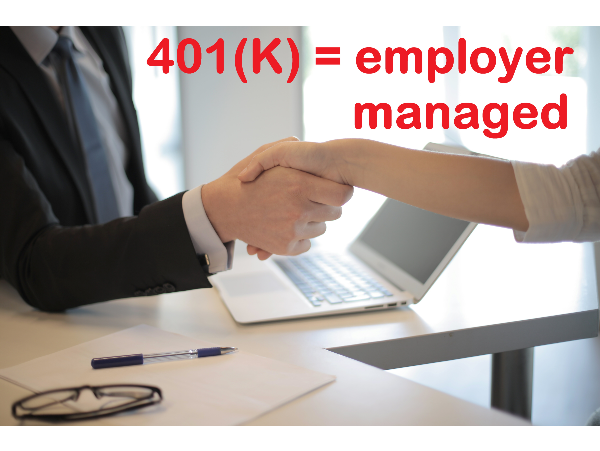 While there are several types of "retirement funds" available, the one offered through your employer is a 401(K). Your employer will let you set your *contribution* amount annually during an open enrollment period. The most important thing to be aware of is that this contribution will be deducted from your paycheck! If you budget, you will have a better idea how much you can safely contribute to your 401(K) without running into financial problems.
While there are several types of "retirement funds" available, the one offered through your employer is a 401(K). Your employer will let you set your *contribution* amount annually during an open enrollment period. The most important thing to be aware of is that this contribution will be deducted from your paycheck! If you budget, you will have a better idea how much you can safely contribute to your 401(K) without running into financial problems.
The big benefit of a 401(K) is employer matching. Up to a certain amount, employers will also contribute to your 401(K). Some contribute dollar-per-dollar (100 percent match) up to a certain percent of your paycheck, while others contribute a ratio, such as 50 cents per dollar (50 percent match) up to a certain percent of your paycheck. If you can afford to contribute up to the matching limit of your employer, you are getting the most "free money" possible. There is a maximum dollar contribution, so the "free money" is limited to about $29,000, assuming your employer is doing a 100 percent match.
Of the 56 percent of employers that offer a 401(K), about half offer some sort of contribution matching, typically up to about 5 percent of an employee's salary. Still, 5 percent of your salary in essentially free money is nothing to sneeze at! 401(K) contributions are most commonly invested in mutual funds. When you leave the employer, be it for another job or to retire, you are entitled to your 401(K) amount. However, unlike a pension, a 401(K) offers no guaranteed amount; it is possible for your 401(K) to "dip" in value during a recession.
IRA Explained
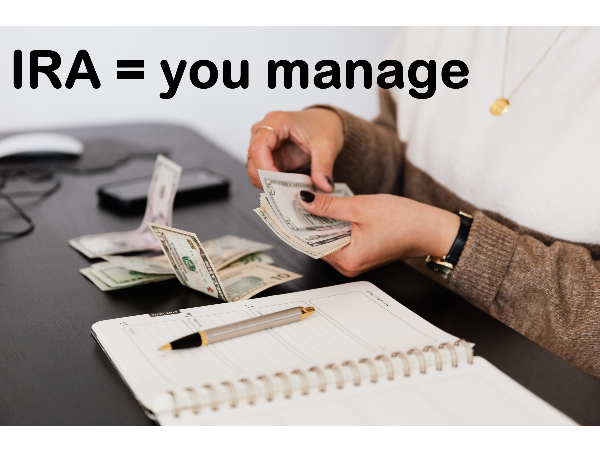 An IRA, or Individual Retirement Account, is an investment account, often a mutual fund, where you can invest your money and enjoy a tax deduction. To encourage saving and investing for retirement, the government allows you to deduct - up to a maximum amount - your annual contributions to retirement funds. For an IRA, individuals under age 50 can contribute a tax-deductible $6,000 per year, while those 50 and older can increase this to $7,000. Unlike a 401(K), this must be done by the individual, and there is no matching!
An IRA, or Individual Retirement Account, is an investment account, often a mutual fund, where you can invest your money and enjoy a tax deduction. To encourage saving and investing for retirement, the government allows you to deduct - up to a maximum amount - your annual contributions to retirement funds. For an IRA, individuals under age 50 can contribute a tax-deductible $6,000 per year, while those 50 and older can increase this to $7,000. Unlike a 401(K), this must be done by the individual, and there is no matching!
IRAs are popular because they provide more freedom and flexibility than a 401(K). A 401(K) is controlled by the employer, who chooses the investment fund. There are a plethora of different IRA options, and the individual can pick these based on level of risk and likely return (profit). IRA contributions can be made during tax season each spring to reduce the tax burden of the previous calendar year. You have until April 15 of each year to contribute to your IRA for last year, allowing you to contribute up to the maximum tax-deductible amount to reduce your owed taxes (or boost your refund). Tax programs like TurboTax let you adjust your hypothetical IRA contribution to see what provides you the best deal when factoring in both your budget and your taxes owed.
Roth Explained
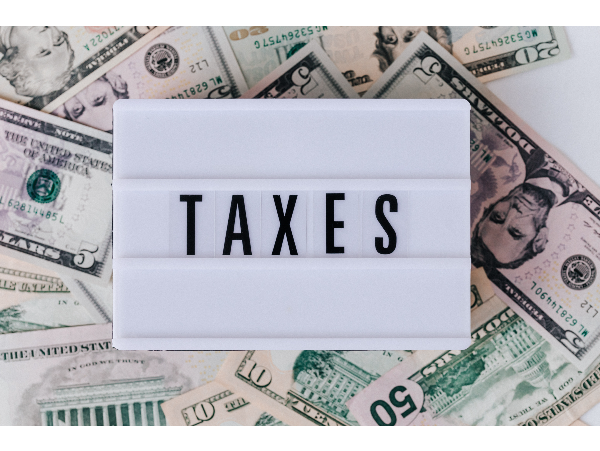 401(K)s and IRAs are split into two kinds: Traditional and Roth. Traditional accounts are tax-deductible, meaning the amount you contribute, up to a government-determined maximum, deducts from your taxable income. For example, if you made $250,000 in 2021 and put $10,000 in your 401(K) and $6,000 in your IRA, you would only pay taxes on $234,000 that year. If the employer had a 100 percent match for your 401(K), you would get an additional $10,000 put in that investment account. Very nice! However, when you withdraw money - a distribution - from your traditional IRA or 401(K), you will have to pay taxes on that amount.
401(K)s and IRAs are split into two kinds: Traditional and Roth. Traditional accounts are tax-deductible, meaning the amount you contribute, up to a government-determined maximum, deducts from your taxable income. For example, if you made $250,000 in 2021 and put $10,000 in your 401(K) and $6,000 in your IRA, you would only pay taxes on $234,000 that year. If the employer had a 100 percent match for your 401(K), you would get an additional $10,000 put in that investment account. Very nice! However, when you withdraw money - a distribution - from your traditional IRA or 401(K), you will have to pay taxes on that amount.
A Roth account flips the deal. You do not receive a tax deduction on your income, but you can withdraw money from your Roth IRA and/or Roth 401(K) tax free. However, you cannot simply withdraw money at any time without paying a penalty! Because IRAs and 401(K)s are designed as retirement funds, you pay a 10 percent penalty for withdrawing money from them before age 59 1/2.
So, What Do I Do?
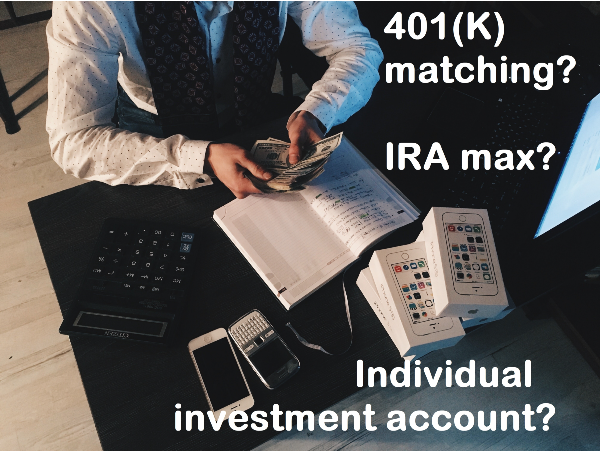 Many Americans contribute to both IRAs and 401(K)s. If your employer offers full 401(K) matching, it is ideal to contribute up to the maximum match available! This is, effectively, free money. Contributing to an IRA will allow you to reduce your tax burden, making it akin to "sort of" free money. Basically, you will get more dollars invested in the stock market for a deal.
Many Americans contribute to both IRAs and 401(K)s. If your employer offers full 401(K) matching, it is ideal to contribute up to the maximum match available! This is, effectively, free money. Contributing to an IRA will allow you to reduce your tax burden, making it akin to "sort of" free money. Basically, you will get more dollars invested in the stock market for a deal.
However, IRAs and 401(K)s are retirement funds, and so will not offer very rapid growth. You cannot access the money without a penalty until you are almost 60 years old, although there are exceptions. Therefore, you shouldn't put all of your investment money in these tax-advantaged accounts.


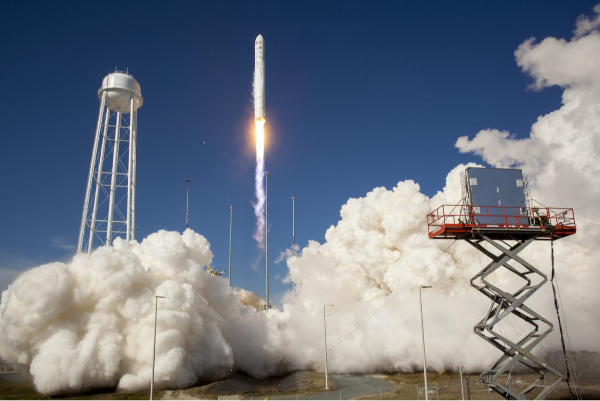




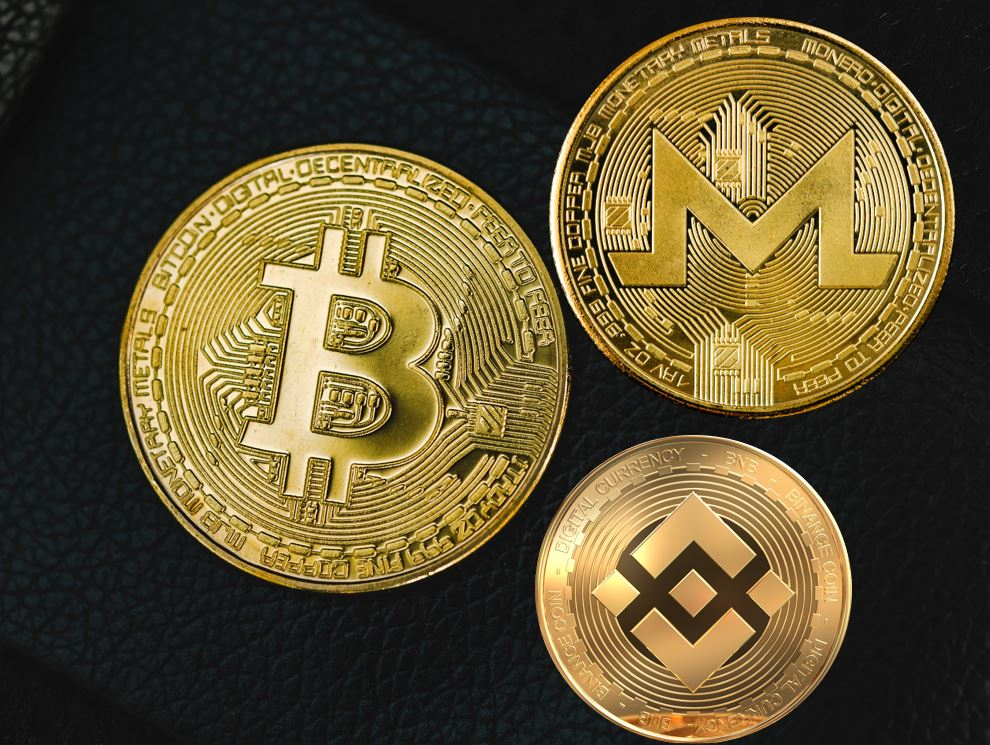








Thanks to modern smartphones and apps, it's easier than ever to invest in stocks, crypto, and bonds. But many Americans also have retirement funds courtesy of their employers. What does it mean when HR asks you to select a 401(K) contribution? And what is this IRA that everyone is talking about? And who is "Roth" anyway?
401(K) Explained While there are several types of "retirement funds" available, the one offered through your employer is a 401(K). Your employer will let you set your *contribution* amount annually during an open enrollment period. The most important thing to be aware of is that this contribution will be deducted from your paycheck! If you budget, you will have a better idea how much you can safely contribute to your 401(K) without running into financial problems.
While there are several types of "retirement funds" available, the one offered through your employer is a 401(K). Your employer will let you set your *contribution* amount annually during an open enrollment period. The most important thing to be aware of is that this contribution will be deducted from your paycheck! If you budget, you will have a better idea how much you can safely contribute to your 401(K) without running into financial problems.
The big benefit of a 401(K) is employer matching. Up to a certain amount, employers will also contribute to your 401(K). Some contribute dollar-per-dollar (100 percent match) up to a certain percent of your paycheck, while others contribute a ratio, such as 50 cents per dollar (50 percent match) up to a certain percent of your paycheck. If you can afford to contribute up to the matching limit of your employer, you are getting the most "free money" possible. There is a maximum dollar contribution, so the "free money" is limited to about $29,000, assuming your employer is doing a 100 percent match.
Of the 56 percent of employers that offer a 401(K), about half offer some sort of contribution matching, typically up to about 5 percent of an employee's salary. Still, 5 percent of your salary in essentially free money is nothing to sneeze at! 401(K) contributions are most commonly invested in mutual funds. When you leave the employer, be it for another job or to retire, you are entitled to your 401(K) amount. However, unlike a pension, a 401(K) offers no guaranteed amount; it is possible for your 401(K) to "dip" in value during a recession.
IRA Explained An IRA, or Individual Retirement Account, is an investment account, often a mutual fund, where you can invest your money and enjoy a tax deduction. To encourage saving and investing for retirement, the government allows you to deduct - up to a maximum amount - your annual contributions to retirement funds. For an IRA, individuals under age 50 can contribute a tax-deductible $6,000 per year, while those 50 and older can increase this to $7,000. Unlike a 401(K), this must be done by the individual, and there is no matching!
An IRA, or Individual Retirement Account, is an investment account, often a mutual fund, where you can invest your money and enjoy a tax deduction. To encourage saving and investing for retirement, the government allows you to deduct - up to a maximum amount - your annual contributions to retirement funds. For an IRA, individuals under age 50 can contribute a tax-deductible $6,000 per year, while those 50 and older can increase this to $7,000. Unlike a 401(K), this must be done by the individual, and there is no matching!
IRAs are popular because they provide more freedom and flexibility than a 401(K). A 401(K) is controlled by the employer, who chooses the investment fund. There are a plethora of different IRA options, and the individual can pick these based on level of risk and likely return (profit). IRA contributions can be made during tax season each spring to reduce the tax burden of the previous calendar year. You have until April 15 of each year to contribute to your IRA for last year, allowing you to contribute up to the maximum tax-deductible amount to reduce your owed taxes (or boost your refund). Tax programs like TurboTax let you adjust your hypothetical IRA contribution to see what provides you the best deal when factoring in both your budget and your taxes owed.
Roth Explained 401(K)s and IRAs are split into two kinds: Traditional and Roth. Traditional accounts are tax-deductible, meaning the amount you contribute, up to a government-determined maximum, deducts from your taxable income. For example, if you made $250,000 in 2021 and put $10,000 in your 401(K) and $6,000 in your IRA, you would only pay taxes on $234,000 that year. If the employer had a 100 percent match for your 401(K), you would get an additional $10,000 put in that investment account. Very nice! However, when you withdraw money - a distribution - from your traditional IRA or 401(K), you will have to pay taxes on that amount.
401(K)s and IRAs are split into two kinds: Traditional and Roth. Traditional accounts are tax-deductible, meaning the amount you contribute, up to a government-determined maximum, deducts from your taxable income. For example, if you made $250,000 in 2021 and put $10,000 in your 401(K) and $6,000 in your IRA, you would only pay taxes on $234,000 that year. If the employer had a 100 percent match for your 401(K), you would get an additional $10,000 put in that investment account. Very nice! However, when you withdraw money - a distribution - from your traditional IRA or 401(K), you will have to pay taxes on that amount.
A Roth account flips the deal. You do not receive a tax deduction on your income, but you can withdraw money from your Roth IRA and/or Roth 401(K) tax free. However, you cannot simply withdraw money at any time without paying a penalty! Because IRAs and 401(K)s are designed as retirement funds, you pay a 10 percent penalty for withdrawing money from them before age 59 1/2.
So, What Do I Do? Many Americans contribute to both IRAs and 401(K)s. If your employer offers full 401(K) matching, it is ideal to contribute up to the maximum match available! This is, effectively, free money. Contributing to an IRA will allow you to reduce your tax burden, making it akin to "sort of" free money. Basically, you will get more dollars invested in the stock market for a deal.
Many Americans contribute to both IRAs and 401(K)s. If your employer offers full 401(K) matching, it is ideal to contribute up to the maximum match available! This is, effectively, free money. Contributing to an IRA will allow you to reduce your tax burden, making it akin to "sort of" free money. Basically, you will get more dollars invested in the stock market for a deal.
However, IRAs and 401(K)s are retirement funds, and so will not offer very rapid growth. You cannot access the money without a penalty until you are almost 60 years old, although there are exceptions. Therefore, you shouldn't put all of your investment money in these tax-advantaged accounts.